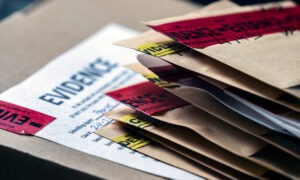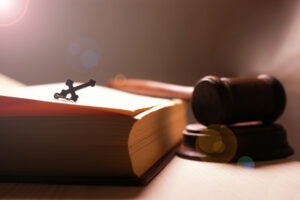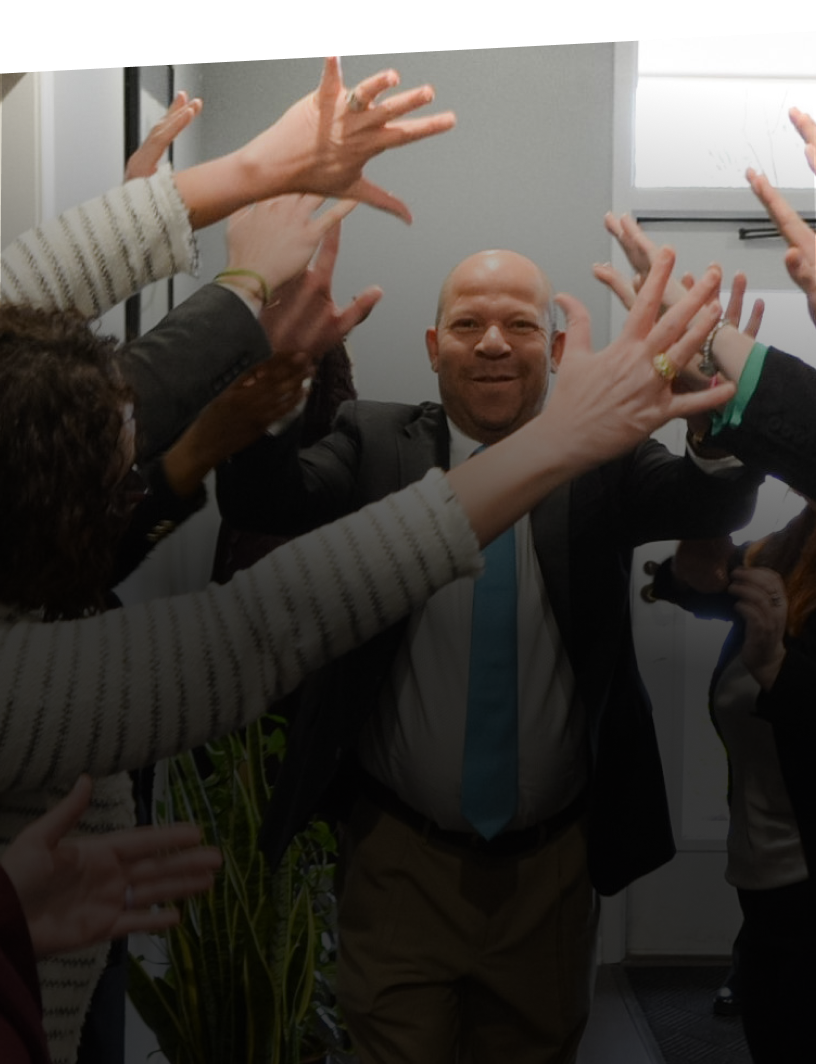
Evidence is any data or object that may be presented to a jury or judge during a trial so they can weigh it on the merits of the case. There are many different types of evidence, including testimony, written or verbal records, visual or audible records, DNA tests, and tangible things. In a clergy abuse case, solid evidence is critical to the success of your lawsuit.
Collecting evidence as a survivor may be difficult due to the trauma experienced, physical injuries sustained, or lack of resources or documentation. Clergy members often abuse their power to cover up abuse, making it nearly impossible for victims to have evidence for a clergy abuse lawsuit.
For informational purposes, White Law PLLC has listed and explained commonly asked questions about evidence in a clergy abuse case, listing what is admissible, what evidence is important to have, and best practices in collecting evidence for your clergy abuse lawsuit.
Categories and Trends of Clerical Abuse
When a clergy member knowingly abuses a member of their congregation sexually, they are committing clergy abuse. This type of sexual abuse can be committed against adults or adolescents. Clerical abuse is a very manipulative and demoralizing act that may leave survivors with lifelong psychological and emotional scars.
Clergy misconduct may fall under the following categories:
- Sexually explicit discussion
- Soliciting or sending explicit texts or photographs
- Undesirable touching
- Sexual behavior
According to Pew Research, 69% of Catholic members believe that clergy abuse is an ongoing problem. Many institutions have a zero-tolerance policy for clergy misconduct, but abuse in these types of environments is common and is seen in the following patterns:
- Grooming: The act of grooming is a type of manipulation in which the offender gradually and meticulously dulls the victim’s defenses against abusive behavior.
- Isolation: Keeping a victim isolated usually consists of a clergy member forbidding them to talk to others regarding their interactions or seeking help outside of their church. It can also include mentally manipulating the victim to go along with blurred boundaries.
- Abuse of power: Clerical leaders that demand unquestioning allegiance or quiet individuals that express their own opinions use their position to be placed on a pedestal.
If you or someone you know
endured clergy sex abuse,
contact White Law PLLC today.
What Evidence is Needed to Prove Fault in a Clergy Abuse Case?
In a case of clergy abuse, different kinds of evidence might be required to establish guilt. These may consist of:
Victim Testimony
The victim’s personal testimony is an essential piece of evidence in a clergy abuse lawsuit. Their description of the abuse and how it affected their lives can be used to prove the abuser’s culpability and the institution’s accountability.
Testimony from Witnesses
Testimony may also be requested from witnesses who saw the abuse or are aware of the abuser’s actions. This might apply to close relatives, close friends, or parishioners.
Documentary Evidence
Documentation can support the survivor’s account of the abuse and reveal a pattern of behavior. Examples include medical records, police reports, or previous accusations of abuse.
Expert Statements
Expert testimony can help prove the harm done to the victim and the responsibility of the abuser and the institution. Expert witnesses can include therapists, medical professionals, or forensic specialists.
Institutional Policies and Processes
Supporting documentation of institutional policies and procedures, or their absence, is another factor in determining fault. An institution might be held accountable, for instance, if it did not adequately investigate complaints of abuse or did not have enough rules to stop it.
Physical Evidence
Physical evidence, such as DNA samples, pictures, or recordings, may also be used to show culpability and support the victim’s version of the abuse.
It is significant to note that depending on the facts of the case and the jurisdiction in which the case is being fought, different types of specific evidence may be needed to establish liability in a clergy abuse lawsuit. Victims can get through the difficult process of obtaining and presenting evidence to support their claims with the assistance of a skilled and experienced attorney.
You can contact our clergy sex abuse
lawyers today and rest easier with
experienced attorneys tackling your case.
Admissable Evidence vs. Inadmissable Evidence
Evidence that is relevant and increases the likelihood that your claims are true is considered admissible evidence as opposed to irrelevant, false, or prejudiced information. The guidelines for evidence can be found in Michigan’s evidence bench book and generally apply to civil actions and hearings, criminal cases and proceedings, and contempt proceedings.
How Evidence is Gathered in an Ongoing Clergy Abuse Case
Clergy abuse lawsuits call for a lot of evidence to be gathered in order to identify the guilty person. To prove responsibility, a sex abuse attorney performs a number of critical actions, such as confirming the abuse through witness accounts, medical records, police reports, and other proof.
Lawyers also go into the background of the offender to see whether there have ever been any allegations of abuse or criminal activity. The abuse’s context, such as a church or school, might also be examined to show institutional responsibility.
Another crucial aspect is demonstrating negligence on the part of the organization or individual responsible for the victim’s safety, such as insufficient background checks or a failure to respond to abuse reports. Lastly, evidence of clergy abuse can be demonstrated through the survivor’s medical costs, lost pay, emotional distress, and other damages.
What to Do if You Don’t Have Enough Evidence to Support Your Clergy Abuse Lawsuit
Attorneys do in-depth research on current sexual misconduct legislation and retain skilled professionals with experience in hazing and assault to serve as expert witnesses and consultants in your cases. If you lack enough evidence for your clergy abuse lawsuit, it is best to seek the advice of a successful clergy abuse lawyer.
Count on an experienced attorney with a proven track record of pursuing justice against clergymen. The principal lawyer at White Law PLLC has defended victims in well-known sexual assault cases around the country, including Boy Scouts of America cases. When you are ready to discuss your case, we’ll be here to fight for you.
You have the right to reach out to
a clergy sex abuse attorney and
discuss your right to legal action.

